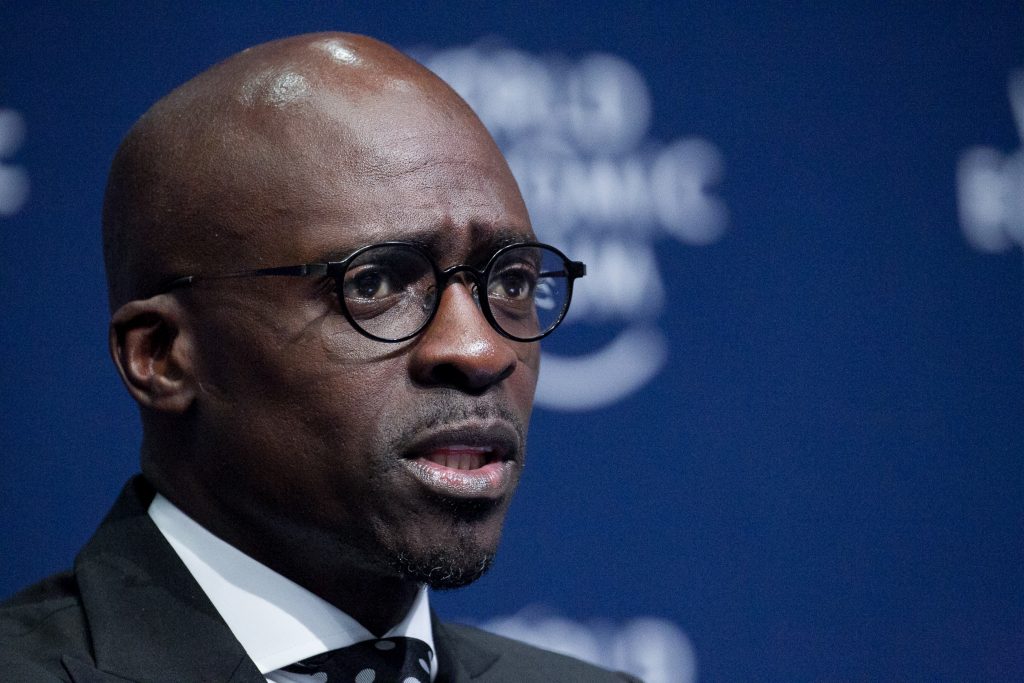A reduction of R2.6bn in SANRAL’s allocation and greater clarity on the government’s position on
road tolling were some of the key features of the 2018/19 budget statement delivered by former
Finance Minister Malusi Gigaba.
The speech and the Budget Review tabled recently contained important references to SANRAL that
will have an impact on its short- and long-term future plans. Among these are:
A reduction of R2.6bn in its budget, compared with the allocations in the 2017 Medium Term
Budget. Similar cuts were also announced for the SA Revenue Service, Prasa and four water
boards.
A commitment that SANRAL will continue to deliver on plans to resurface 3 200km and
strengthen 1 475km of national roads over the medium term.
An allocation of R29.1bn for capital investment in non-toll roads, with an additional R4.3bn for
the Moloto Road and R2.1bn – from 2019 to 2021 – for the N2 Wild Coast Highway.
In the Budget statement it is noted that “the finances of SANRAL remain weak” due to
opposition to the GFIP project. “The Agency may require recapitalisation in 2018/19,” it
states.
Gigaba did not refer to tolling or e-tolls in either his speech or the media conference that preceded its
delivery in Parliament. However, the extended budget statement makes it clear that the government is
committed to the principle of road tolling.
A Cabinet committee has been set up to develop a tariff determination framework that will oversee the
setting of road tolls.
Gigaba said that the government might be required to provide financial support to several SOCs in the
coming year through the disposing of non-core assets, strategic equity partners or direct capital
investments.
SANRAL budget – all the numbers:
- Over the medium term, SANRAL intends to focus on undertaking preventative maintenance
to improve and preserve the national road network. - It plans to resurface, strengthen or improve some 4 700km of roads and build new
interchanges and bridges. - Total expenditure is expected to increase at an average annual rate over the medium term –
from R34.7bn in 2017/18 to R37.2bn in 2020/21. - The bulk of SANRAL’s expenditure is going towards payment of service providers for road
maintenance or construction. This is projected to increase at an average annual rate of 30%
over the medium term – mostly due to upgrades to the N3 Mariannhill and the N2 North and
South Coast roads. - Toll revenue is expected to increase at an average rate of 5%.
- The staff complement is expected to remain constant at 390. Spending on compensation will
grow at an average of 10.5% – from R312m in 2017/18 to R421.5m in 2020/21.

Ministry of Finance of South Africa at the World Economic Forum on Africa 2017 in Durban, South Africa. Copyright by World Economic Forum / Greg Beadle

